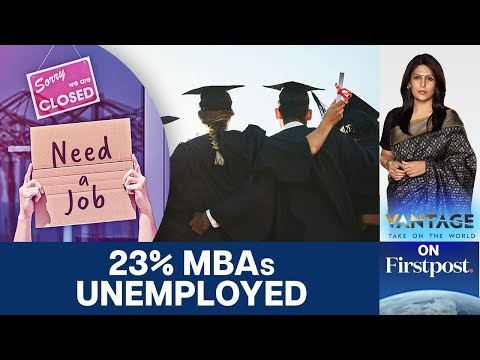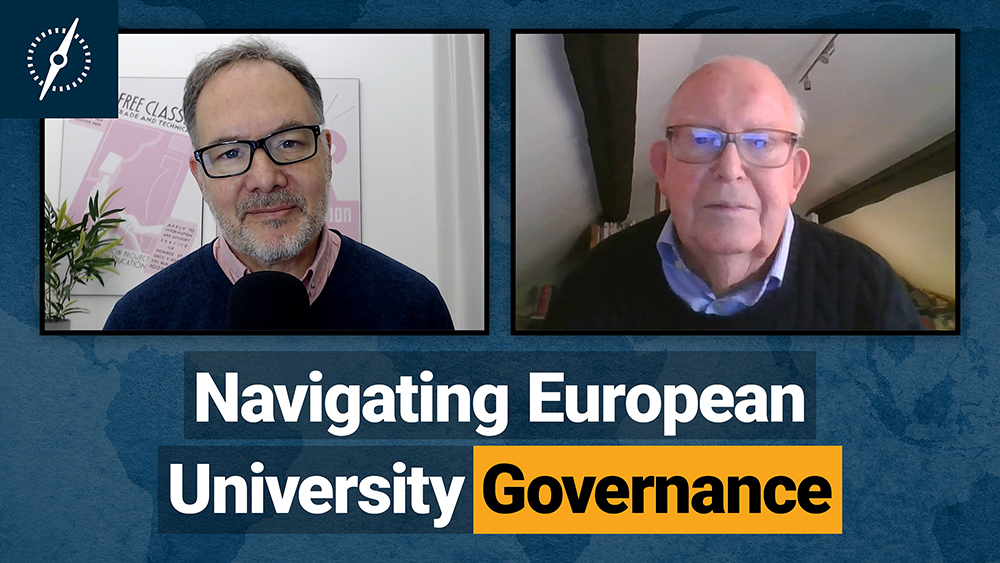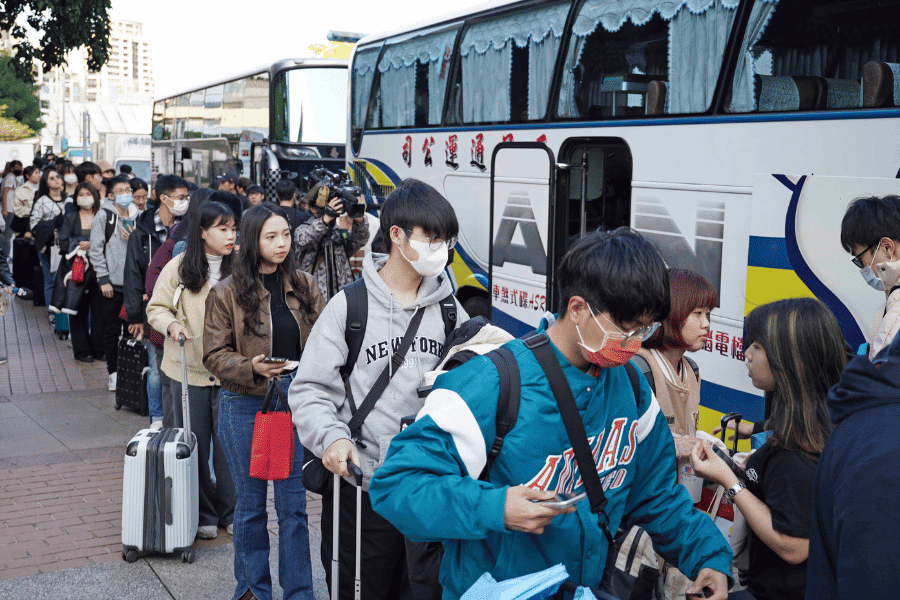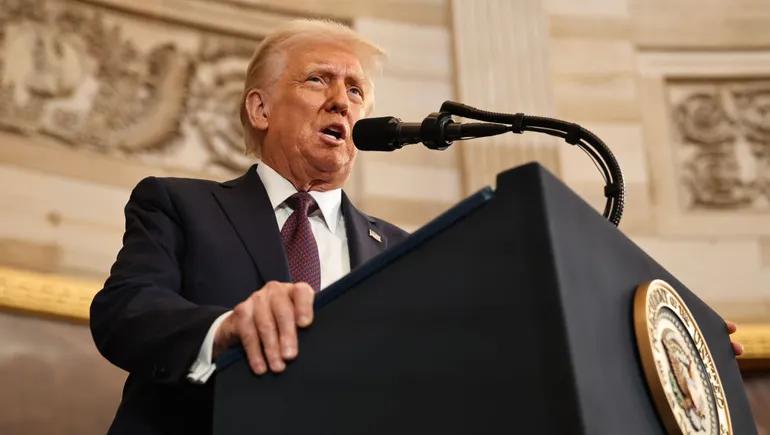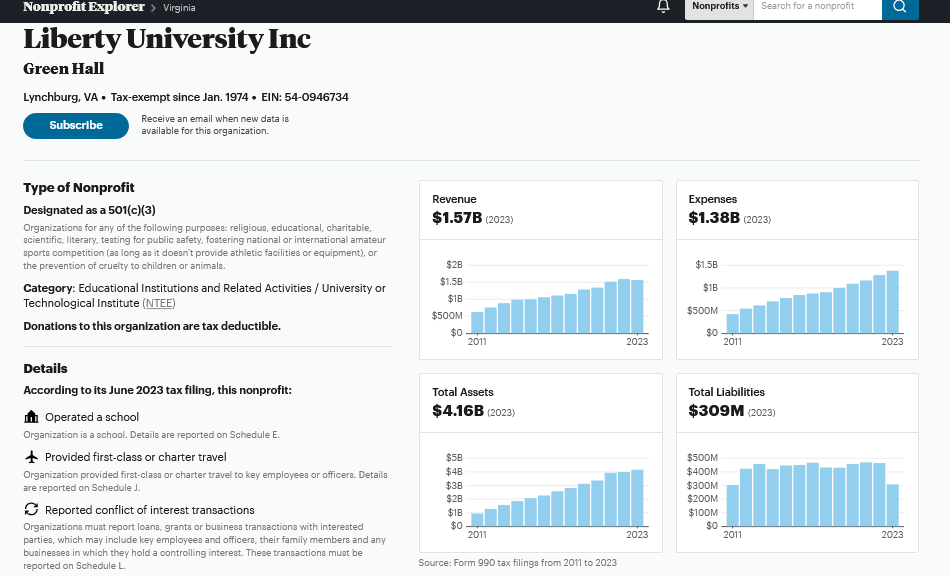Higher education is famously isomorphic. Around the world, knowledge is divided into disciplines in almost identical ways. Around the world, students go through a largely similar bachelor’s, master’s, doctorate sequence. And around the world, higher education institutions are heavily stratified, mainly according to their research outputs. Higher education institutions aren’t exactly homogenous. But the systems they live in, what they do, what they cover, et cetera, are substantially similar, except for one thing. Governance.
Governance can mean a few things in higher education. At the system level, it’s about the relationship between institutions, both individually and collectively, and government. At the institutional level, it’s about the nature of public oversight, if any. These two different varieties of governance vary enormously from one country to another, and I would argue, are at the root of the glorious level of disharmony, individuality, and sheer quirkiness we see across national systems today, despite all the drivers towards isomorphism.
The person who’s possibly written the most about this topic anywhere, ever, is Michael Shattock. He’s the former Registrar of Warwick University, a visiting professor at the University College of London’s Institute of Education, and an Honorary Research Professor in the Department of Education at Oxford University. He’s the author or co-author of a number of books about university governance around the world, and he joined us for this episode to talk about one of his more recent books, published by Bloomsbury, called The Governance of European Higher Education, Convergence or Divergence, co-authored with Aniko Horvath and Juergen Enders.
Europe has some very old and deep-seated differences in the ways universities are governed. The French, German, and English systems, to take only three, have completely different ideas about what the relationship between the university and the state should be, not to mention some very contrasting notions about the role of the professoriate in institutional management. What practical impact do these differences have? Well, that’s what Michael and I sat down to chat about a few weeks ago. I hope you enjoy the conversation.
The World of Higher Education Podcast
Episode 3.17 | The Governance of European Higher Education: Convergence or Divergence? with Michael Shattock
Transcript
Alex Usher (AU): Michael, in your book, you talk about three grand traditions of European governance: the British or Anglosphere model, the French Napoleonic model, and the German Humboldtian model. How do those three styles or forms of governance vary when it comes to the relationship between universities and the state?
Michael Shattock (MS): Well, I wouldn’t call them grand traditions. I think what they are now is more a set of underlying components of higher education policies.
The Humboldtian tradition, which started in 1810, had an enormous influence across Europe because it brought research and teaching together into a single model. Around the same time, Napoleon established a single university for all of France, but it focused exclusively on teaching. This approach eventually led to the creation of the Grandes Écoles, which were also focused primarily on training.
In the Anglosphere, universities were founded by local communities and had no initial relationship with the state. In the UK, for example, universities enjoyed considerable autonomy, which only began to change when they started seeking public funding. This relationship was formalized in 1919 and changed again after World War II in 1946, when the government decided to fully fund universities, which were struggling to recover financially.
AU: One area where these traditions and these approaches to university-state relations have had a significant impact is in how countries have expanded their higher education systems since World War II. For example, some countries have introduced new universities or specialized institutions like the Fachhochschulen in Germany or the Institut Universitaire de Technologie in France. Does one system handle massification better than the others?
MS: I think Germany has done particularly well in handling massification. Their success stems in part from the German constitution, which emphasizes homogeneity across the Länder. Another factor is that higher education in Germany is devolved to the Länder, so each of the 16 or 17 Länder has its own higher education system.
These systems are interconnected and governed through collaboration between the Länder, the Conference of German Rectors, and, to some extent, the federal government through bodies like the Wissenschaftsrat. This framework ensures coordination without creating the competition you might see in more marketized systems.
However, the German system isn’t without its issues. Following the Humboldtian model, Germany requires all universities to be both research- and teaching-oriented. The Fachhochschulen, which were established after the war, are not allowed to conduct research. As a result, three-quarters of students attend universities, while only one-quarter attend Fachhochschulen.
Even so, the system is relatively equitable across the country and maintains strong principles of integrating research and teaching.
AU: Governance isn’t just about university-state relations—it’s also about how institutions govern themselves. How do these three traditions differ in that regard?
MS: Well, if we start with the Napoleonic tradition—which extends beyond France to Italy, Spain, and Portugal—you’ll see that universities are still under strong state control. In theory, the state is meant to act as a steering body, but in practice, these systems are highly regulated.
The first issue when it comes to expansion in these systems is whether the state is willing to support growth and allocate resources accordingly. By contrast, in the UK, there’s a tacit belief that anyone with the appropriate qualifications should be able to access higher education. Theoretically, funding follows the students, but in reality, over the past five years, we’ve seen the students come while the funding often doesn’t follow.
Secondly, there’s been a long-running debate—originating with the Lisbon declaration—about whether continental European universities should aim to match American universities. A series of reports, including excellent research by Professor Aguillon, highlighted a key difference: American universities often have lay-run governing bodies, whereas many European universities do not.
This principle of having a governing body separate from purely academic leadership has been widely debated across Europe, with each country arriving at different solutions. In Hungary, for instance, the governing body consists of only five members, all from the ruling political party—a move that has faced objections in Brussels. Meanwhile, in Norway, the governing body includes two to five laypeople alongside academics, and they’ve even abolished the Senate, feeling it’s no longer necessary.
So, there have been significant changes in the governance structures of universities, particularly in how these top-level committees are organized.
AU: Michael, you state in your book that European systems have faced three major challenges this century: the Lisbon declaration’s push to make Europe the most innovative society, the Bologna Process, and the rise of international rankings. How have European systems responded to these drivers? Have their responses been uniform, or have they diverged?
MS: If you recall, my book has a secondary title, Convergence or Divergence. After the Lisbon Declaration, the expectation was that there would be significant convergence across European higher education systems. However, higher education wasn’t part of the Treaty of Rome, meaning the EU has no formal jurisdiction in this area.
One might have assumed that the Bologna Process, with its establishment of the “3-2-3” model—three years for undergraduate degrees, two years for master’s degrees, and three years for PhDs—would lead to greater alignment in how universities are run. But that hasn’t been the case. In fact, the book strongly argues that divergence has overshadowed convergence, driven by national preconceptions and the varying resources available in different countries.
Take Portugal, for example. In the book, we use it as a case study for universities in Southern Europe. Historically, Portugal’s universities were concentrated in coastal cities like Lisbon, Porto, and Coimbra, with no significant presence in rural areas. One of the country’s key higher education initiatives has been to establish institutions in the countryside. While not entirely successful, this effort has been an important part of their overall strategy to expand access.
So, while divergence has often dominated, it’s worth noting that differing starting points can sometimes lead to similar endpoints. In some cases, divergent reactions to challenges may still result in convergence on a single model over time.
AU: Divergence often happens because systems start from different points. For example, the relationship between research and teaching has been diverging in some systems, especially through institutional stratification. Are we seeing convergence in academic culture around this?
MS: I wouldn’t describe it as a convergence, but if you think back to Lisbon, there was a strong emphasis on increasing the commitment to research within university systems. This focus has led to significant changes in how higher education systems are structured.
For example, in the UK, research and teaching are managed by two entirely separate government departments. The Department of Education oversees teaching, while the Department of Industry and Innovation handles research. As a result, universities receive funding from two distinct sources.
In Portugal, we encountered an unusual situation where the government felt it needed to invest more in research. To address this, they proposed—or perhaps it was the universities’ idea—to move research activities off the main university campuses and into smaller, independent research centers. These centers would allow polytechnic researchers to collaborate with those from established research universities. However, this approach has created unintended consequences. These research campuses have become increasingly autonomous, to the point where university rectors often have little understanding of what’s happening at these off-campus sites. Rather than strengthening the polytechnics, this model has effectively turned university campuses into teaching-only institutions, which I see as a step backward.
The EU has also become more involved in this area, despite not having a formal role in higher education. Through the Horizon program, the EU has made substantial funding available for academics across member states to compete for. Interestingly, the UK has just negotiated its way back into Horizon following Brexit. This shift suggests that the EU, which had previously focused on undergraduate teaching through initiatives like the Bologna Process, is now channeling its higher education investments almost entirely into research via Horizon.
As a result, universities across Europe are being pulled in different directions, and the ways these tensions manifest vary significantly from country to country.
AU: One part of your book I enjoyed was your discussion of student participation in governance. In continental Europe, students often have significant roles in decision-making. How do these roles differ across countries?
MS: I think the cultures around student participation differ significantly between countries. Let me start with Germany. The German higher education system went through a difficult period of intense student activism in the 1980s and 1990s. What has emerged from that is a system where students now play a significant role in university governance, particularly through their involvement in the Senate.
This involvement is quite remarkable. For instance, when a candidate for a professorship is presented to the Senate for approval, student members have the same rights as academic members to challenge or endorse the appointment. Students are deeply integrated into the university’s internal negotiations, and rectors often leverage student opinions to balance or counteract the influence of academic groups. In this way, students have become a central element of university governance.
In Norway and Portugal, the role of students is slightly different. National student organizations in these countries hold substantial influence within government decision-making. Additionally, they take on responsibilities that, in systems like those in Britain or Canada, would typically fall to the universities themselves. These include providing student accommodation, offering career advice, and managing other social services.
While students in these systems may engage with certain academic issues, their role in the direct governance or operational management of the university is far less pronounced than what we see in Germany.
AU: This isn’t your first book on university governance. With this new book on Europe, do you see European systems heading in the same direction as the rest of the world, or are they charting a different course?
MS: The global trend is toward greater state involvement and oversight in higher education. Even in countries like Japan, there has been an attempt to shift from a traditional government-management relationship with universities to what is described as a “steering” relationship. However, in reality, governments still maintain a significant grip on university systems.
Looking across Europe, you can observe different approaches to state control. Take Hungary, for example. In Hungary, the state has effectively taken over the management of the higher education system. Chancellors, often drawn from other public service sectors, are imposed by the state to sit on university governing bodies alongside rectors, with significant control over finances.
In contrast, countries like Norway and Germany have a much lighter touch when it comes to state intervention. In these systems, there is a belief—particularly in Germany—that university autonomy is crucial for institutional success. This stands in stark contrast to Britain, where there is a rhetoric supporting university autonomy, but in practice, universities are heavily influenced by external pressures like league tables and global rankings.
Another interesting shift in recent years has been the growing recognition of universities as “anchors” in their communities. This concept emphasizes the important role universities play, particularly in smaller towns, in contributing to local social and economic well-being. This idea of universities having a broader community impact is relatively new compared to 25 years ago, but it reflects an evolving understanding of the societal role of higher education.
AU: Let’s look forward 25 years. If you were to write this book again in 2050, would you expect more convergence or divergence?
MS: Well, I have to admit, I was afraid you would ask me this question, and I’ve given it some thought. To put it simply, I believe that in Europe, divergence will persist. The nation-state, as it currently operates in Europe, will continue to resist attempts by the EU to modernize and harmonize higher education systems. This resistance makes it difficult to achieve the kind of convergence the EU envisions.
AU: Michael, thank you so much for joining us today.
MS: Pleasure.
AU: And thank you to our producers, Tiffany McLennan and Sam Pufek, and to you, our listeners and viewers. If you have any questions about today’s episode or suggestions for future ones, email us at podcast@higheredstrategy.com. Don’t forget to subscribe to our YouTube channel. Join us next week when our guest will be Javier Botero, discussing developments in Colombian higher education. Bye for now.
*This podcast transcript was generated using an AI transcription service with limited editing. Please forgive any errors made through this service.


